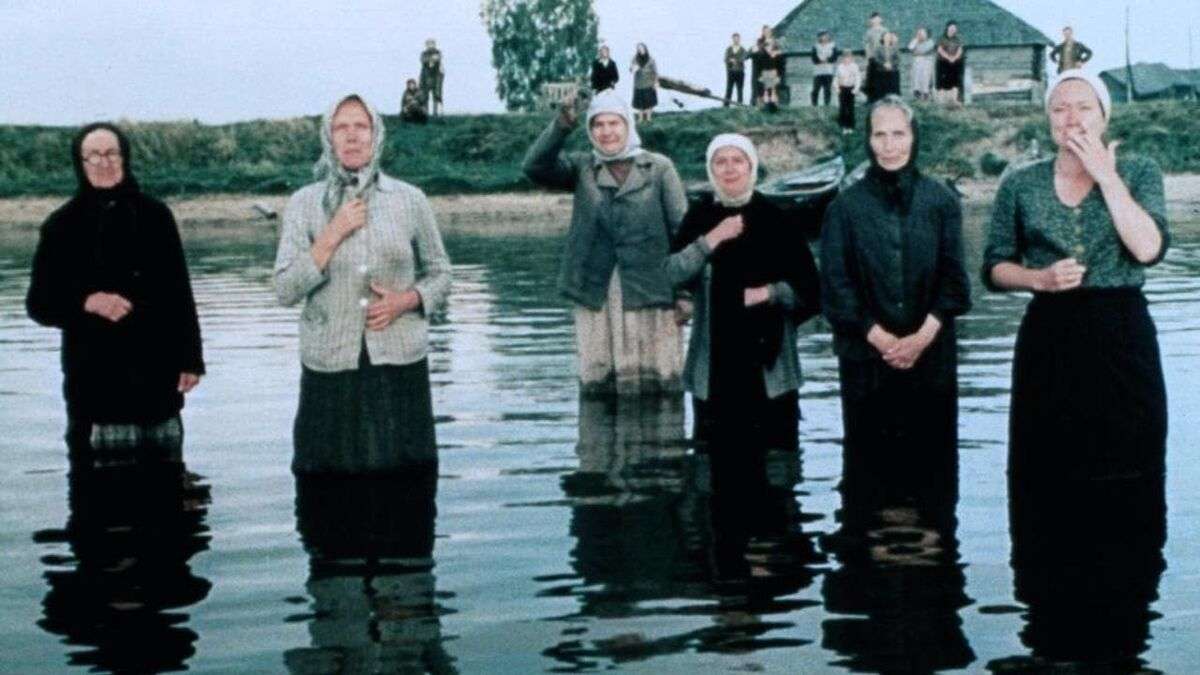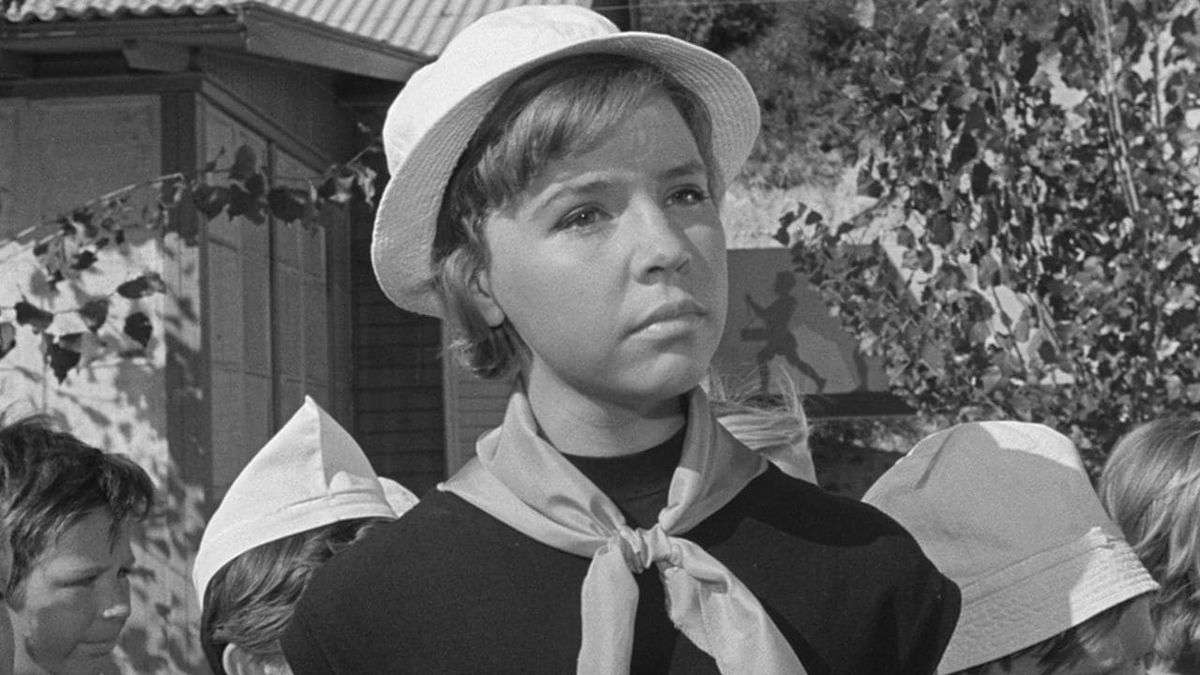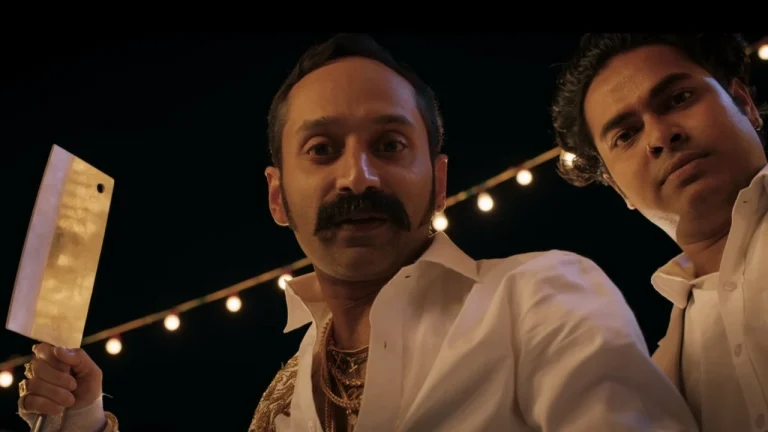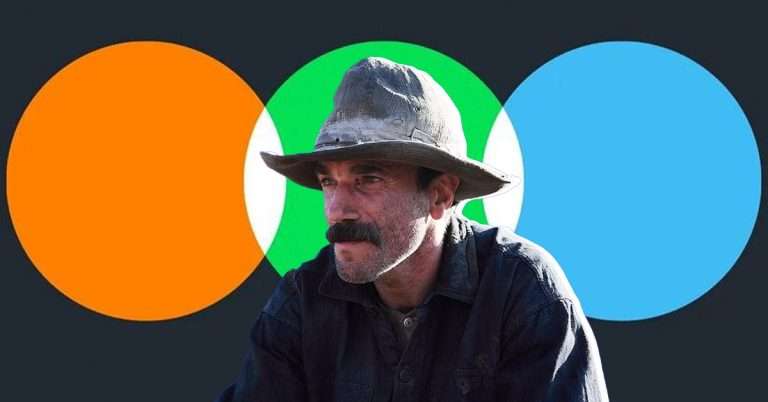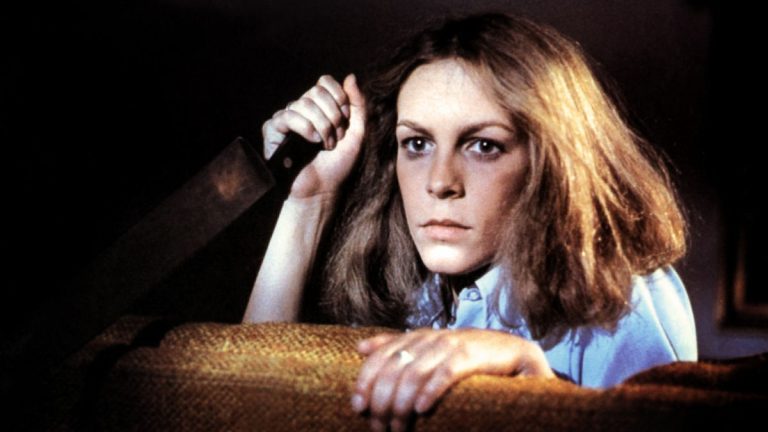Elem Germanovic Klimov was born to communist parents in Stalingrad in 1933. As a child, he experienced firsthand the Battle of Stalingrad, which forced him, in October 1942, to flee with his family across the Volga. A direct exposure to the war that would profoundly mark his personal and artistic future, so much so that, when he came to direct “Come and See” many years later, in 1985, he would still be burdened by the memory of that Volga trip. Trained in Moscow at the VGIK National Film School, his film debut was in satirical comedy. Right from the start, Elem Klimov’s career is inextricably bound up with censorship limitations, as he is labeled as parodistic, critical, and therefore inconvenient to the Soviet narrative of the time.
During the years of liberal art reforms of Glasnost, Klimov was appointed the first secretary of the Union of Filmmakers. Finally, he was devoted to greater transparency and the distribution of works previously blocked by the organs of censorship. In these years, he became representative of the artist’s duty to create and spread art even when it seems that an audience cannot be there, an obligation to leave their testimony.
Despite the few films he completed, Klimov stands out among the great masters of film history, one of the most influential figures on the Russian scene, as well as a constant presence as a juror at major international film festivals (Berlin in 1983, Venice in 1985, and Cannes in 1987). He directed five feature films and, in each of them, dissected paradoxes, complexities, and uglinesses of the Soviet Union, from intergenerational conflict, the suspicion toward change, the turmoil of progress and modernity to, of course, the general conception of war in the turbulent Cold War decades.
More than anything, ranking these works is only meant to be a tribute to a great filmmaker, a vehicle for remembering his remarkable filmography. Although “Come and See” is rightly considered Elem Klimov’s masterpiece and seminal work, all his works manifest the trajectory of an unforgettable artist, one who truly was able to honor this term.
5. Adventures Of A Dentist (1965)
Released in 1965, “Adventures of a Dentist” is the second feature directed by the filmmaker. It’s a satirical comedy and a vivid manifestation of Elem Klimov’s early years directorial mark, of his desire to get people reflecting, through comedy and laughter, on the realities of contemporary Russia (this, within the limits allowed by censors). The story is that of Chesnokov (Andrey Myagkov), a young dentist, ostracized and mocked by the rest of the medical order. The reason lies in his unique ability to extract teeth painlessly and without the need for anesthesia. “Adventures of a Dentist” denounces a society that despises its own geniuses and revolutionary minds only because they are inclined to act differently from “what has been done in the past.” Although it is a comedy, Chesnokov’s story is a tale of pessimism, disillusionment, and disdain for a deeply backward mindset.
The film, based on a play by Aleksandr Volodin, intersperses pleasant comic sequences with musical interludes and playful fourth-wall breaking, and the delicate opening song sung by Alisa Freyndlikh remains especially memorable. The story unfolds as a nostalgic coming-of-age tale, featuring an interesting usage of the magic montage device, a nod to the illusionistic games of Méliès’s cinema. Like Kimov’s debut feature film, “Adventures of a Dentist” was promptly censored as inadmissible as it was critical of the then Soviet Union.
Under the years of Leonid Brezhnev’s government, the movie was then relegated to the niche circuit of cultural theaters and distributed in the reduced minimum print run of 25 copies, hence watched by only half a million viewers on its first release. Though it does not amount to one of the director’s most memorable films, it still stands as a significant victory for an artist who battled, choosing not to change or modify the constantly questioned and hindered project in the name of the liberty to communicate, convey a message, and create free art.
4. Agony (1981)
Presented in 1981 at the Venice Film Festival, “Agony” is a biographical film on Grigorij Rasputin. Completed as early as 1975, it was not released in the Soviet Union for more than a decade because of the ambiguous characterization of Tsar Nicholas II and the centrality of the controversial figure of Rasputin. Indeed, the Tsar comes off as a weak, indecisive, easily swayed man, a narrative far from Soviet tradition. Moreover, the presence of nudity contributed to making “Agony” particularly uncomfortable to the local distribution.
The movie is set in 1916 Petrograd, and it examines the ambiguous yet fascinating figure of Rasputin (played by Aleksei Petrenko), a Russian mystic whose reputation as a healer eventually drove him to consolidate a position of strong influence within the imperial Romanov family. In particular, “Agony” dwells on the conspiracy hatched by Prince Feliks Jusupov, Grand Duke Dimitrij Pavlovic Romanov, and Deputy Vladimir Purishkevich, determined to assassinate the inconvenient and manipulative mystic. Klimov’s fictionalized story never strips the figure of Rasputin of his aura of mystery, opting to create a sumptuous and baroque atmosphere, paradoxically unsettling and somber yet wanton and excessive.
“Agony” marked Elem Klimov’s maturation period as a filmmaker who, from satire, took his first steps in the direction of tragic cinema (which is here still mildly caricatured but will eventually be fine-tuned while directing “Farewell” and, of course, his masterpiece, “Come and See”). Most notably, it is the movie where the author first implements the usage of the lens-directed close-up, one of the most characteristic features of his late cinema. A whimsical and bizarre film, it is not among the director’s most quoted. However, it remains an intriguing interpretation of the Soviet myth of Rasputin and the last months of the Russian Empire’s history.
3. Farewell (1983)
As the title suggests, “Farewell” is a parting story. A film project initiated by Elem Klimov’s wife, director Larisa Sheptiko, was completed by her husband posthumously upon her sudden death in 1979. The author’s final departure from satire, “Farewell,” is a delicate tribute to the poetics of his wife, to whom he also dedicated his poignant 1980 short film, “Larisa.” The film, based on Valentin Rasputin’s novel Farewell to Matyora, recounts the village of Matyora and its people, who are forced to abandon their homeland in order to make way for the construction of a hydroelectric dam, a symbol of technological progress and modernity. “Farewell” is a poetic tribute to the spiritual value of tradition, respect, and love for our origins.
It evokes the image of a pristine and sadly lost Siberia, unstained by the distortions of post-industrial Soviet society, a magical land more belonging to the world of fantasy than to the real contemporary world. Ahead of its time, the film conceived by Larisa Septiko unfolds as an ecological fable, an exploration of the controversial relationship between technology and nature. The characters are thus a representation of the diversity of human reactions in response to progress, from rejection (the passive resistance of the old Darya, played by Stefaniya Stanyuta) to doubt and resignation (the village head, Darya’s son) to interest and attraction (the new generation).
The magic of the movie is sublimated by Alfred Schnittke’s splendid music and Vladimir Chukhnov’s cinematography, i.e., in images of profound charm and evocative power, such as the beautiful shot sequence of the great village tree, of its resistance to being uprooted. Screened in Berlin for the Berlin Film Festival, “Farewell” aligns with the politics of Mikhail Gorbachev’s Glasnost, skeptical of the subject of technological progress and its effects. Nostalgic and dreamy, a poem in images, this movie is not only an example of a cinema, thematically, as relevant as ever, but of a beautiful love letter from a husband to his wife.
2. Welcome, Or No Trespassing (1964)
The director’s debut in 1964, “Welcome, or No Trespassing,” is a parody of Soviet Russia at the time of then-leader Nikita Khrushchev. An obvious influence of Wes Anderson’s “Moonrise Kingdom,” the film follows the adventures of little Kostja Inochkin (Viktor Kosych), a “dissident” of the Soviet Pioneer State Summer School. Expelled from the camp for violating the rules appointed to the smooth running of the beach trip, Inochkin is so frightened by the idea of having his grandmother die of disappointment that, rather than return home, he decides to go into hiding with the help of the other children housed by the Soviet Pioneers. The protagonist is pitted against the camp’s director, Comrade Dynin (Evgenij Evstigneev), a representative of bureaucratic power obsessed with rules and fearful that something harmful might happen to his little guests.
The film denounces tradition, formal rigidity, closed-mindedness, and restrictions typical of the Soviet Union over the years. Welcome, or No Trespassing’s utopia, is that of a world where, between different generations, there remains hope for dialogue. Despite the censorship of the time being considered (relatively) permissive, Elem Klimov’s debut film was nevertheless blocked at the pre-distribution stage, only to be permitted later, thanks to Khrushchev’s direct approval.
A very likable but, at the same time, pungent comedy, the film dissects the hypocrisy and nonsense of a society that is too reluctant to change, exploiting with great intelligence the metaphor of a microcosm such as that of a children’s summer camp. It also turns out to be the most striking example of the poetics of the early Klimov, who was born indeed as a director of comedy, of films that are funny, dreamy, and, at least apparently, devoted to levity, but no less noteworthy than his later works.
1. Come And See (1985)
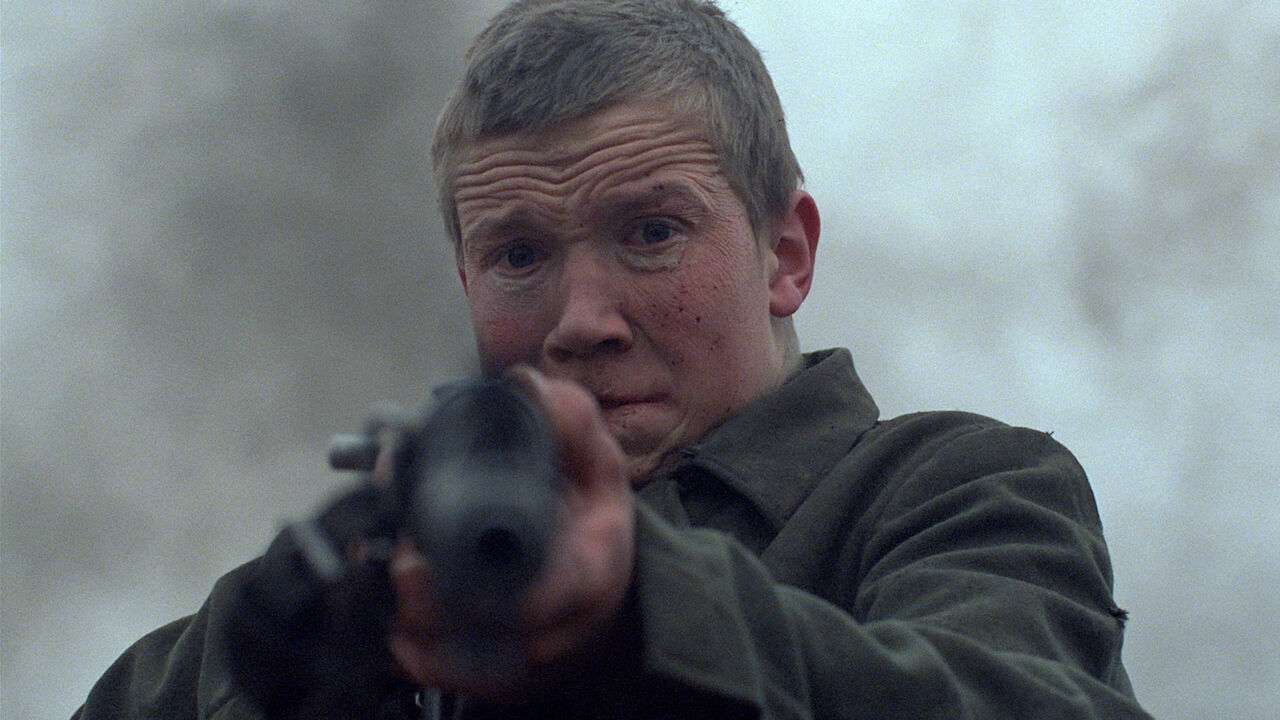
“Come and See” is, in a nutshell, one of the most relevant films in the entire history of cinema. Released in 1985, it is an insight into the German invasion of Belarus in 1943. It’s the most important anti-war film ever made. The main character is Fljora (Aleksej Kravčenko), a young partisan who has just joined the revolutionary forces. At first enthusiastic about joining the fighting, one of many boys with an idealized conception of the meaning of war, Fljora’s innocence is annihilated by war’s brutal reality. He is not a warrior. He is just an unprepared, lonely, straggling child lost in the forest. Elem Klimov’s extraordinary film is, more than anything else, a warning directed toward the viewer. In a continuous breaking of the fourth wall, the characters watch the camera, claiming the audience as a co-participant.
A stark and cruel film, it empties war of any potential merit, honor, or appeal. It shows the conflict for what it is: something to be feared, something from which one would like to avert one’s gaze, a reality in which redemption is no longer possible. A continuous assault on the senses, from close-ups of devastated faces to the whistles of bombing to the smell of burnt flesh, so real that it can actually be felt. Visually impeccable, Aleksej Rodionov’s signature cinematography renders each sequence on screen tragic art – sublime and terrible at the same time.
This was the director’s final but crucial clash with the censorship powers. The initial screenplay of the film, co-written with Ales Adamovich, presented under the title “Kill Hitler,” was approved. Upon its much-fought-for release, which occurred during the period of the Glasnost liberal arts reforms, “Come and See” was finally screened out of competition at the Cannes Film Festival, receiving enormous public and critical acclaim. “Come and See” immediately established itself as a pacifist manifesto, a vision so powerful that it forever seared into the minds of those who saw it. Without a doubt, it is a movie that truly deserves to be forever remembered in cinematic history.



